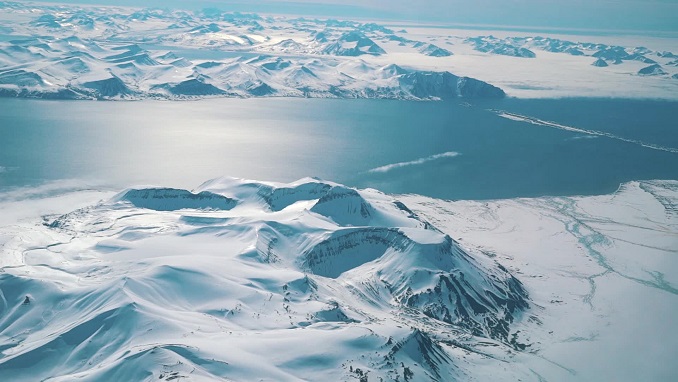In an attempt at nature restoration, U.N. representatives gathered in Montreal, Canada, for COP15 talks. According to U.N. experts, the globe needs to reserve a third of all land and marine territories. That is supposed to protect the world’s ecosystems, including all the wildlife they contain, from the Amazon jungle to the Arctic Ocean.
This month’s U.N. biodiversity gathering in Montreal is where a global deal will be hammered out, and the call is crucial to it. If accepted at the summit’s conclusion the following week, countries would be committing to reserve 30% of their land and sea areas for conservation by 2030. It is more than tripling the amount of ocean territory now protected.
The 30-by-30 target has received endorsement from more than 110 nations, including Canada, the United States, and France.
The objective, according to supporters, is essential for halting the deterioration of nature. More than 1 million species are currently in danger of going extinct. The number of insects on the planet is declining at a rate of up to 2% per year. Nearly 40% of the world’s remaining plant species are in danger too.
But the scientific estimations as to whether a 30% worldwide conservation goal can actually save the world’s endangered species and locations, though, are questionable. As is frequently the case with science-based policy, the question if 30% is enough is legit. Politicians like to declare big numbers, but is 30% big enough?
Is 30% nature restoration enough?
Well, this opens another question connected to quantity vs. quality. According to experts, there isn’t a compelling scientific case for using 30% as the cutoff point for preventing species loss. Depending on the locations chosen, it may require a significantly higher or smaller proportion of land or water.
Some environmentalists think 30% is neither required nor adequate. By being wise and safeguarding the important areas, if we do things correctly, we can protect most of the biodiversity. There is always a temptation to preserve large areas of land that are already sparsely populated but also have a limited amount of biodiversity. The perfect examples are the Saharan desert or the Arctic tundra.
But what is important is to protect areas with lots of different species. They are known as biodiversity hot spots. Yes, they are more challenging to conserve because people live there or there are extractive industries. Thus, protecting narrow slices of land and sea such as Australia’s Great Barrier Reef or the Andes mountains can offer far more reward than protecting large swathes of prairie, for example.
Anyway, the numerical target won’t work for nature. Simply said – nature is 100%. Half of it is not enough for biodiversity. One-third too.
COP15: National or international target
Whether the 30-by-30 aim should be implemented internationally or at the national level is one of the major grounds of contention that has surfaced in the COP15 debate.
Scientists and negotiators agreed that this distinction is significant. Some nations are tiny, with little space to reserve territory for the environment. Others, including countries with tropical forests (take Brazil and Indonesia, for example), are huge and nonetheless have a high level of biodiversity. Protecting only 30% of these nations’ space would actually cause a considerable loss of the natural world.
Also, certain ecosystems are both more diverse and more vulnerable. Much higher fractions than 30% are required in places like the Amazon. The Amazon region is of high importance to the whole planet. It balances the planet’s temperature and thus preserves biodiversity. Just under 50% of the Amazon is already protected by indigenous people or government agencies. In this case, a national commitment to nature restoration of 30% would be a big step backward.

